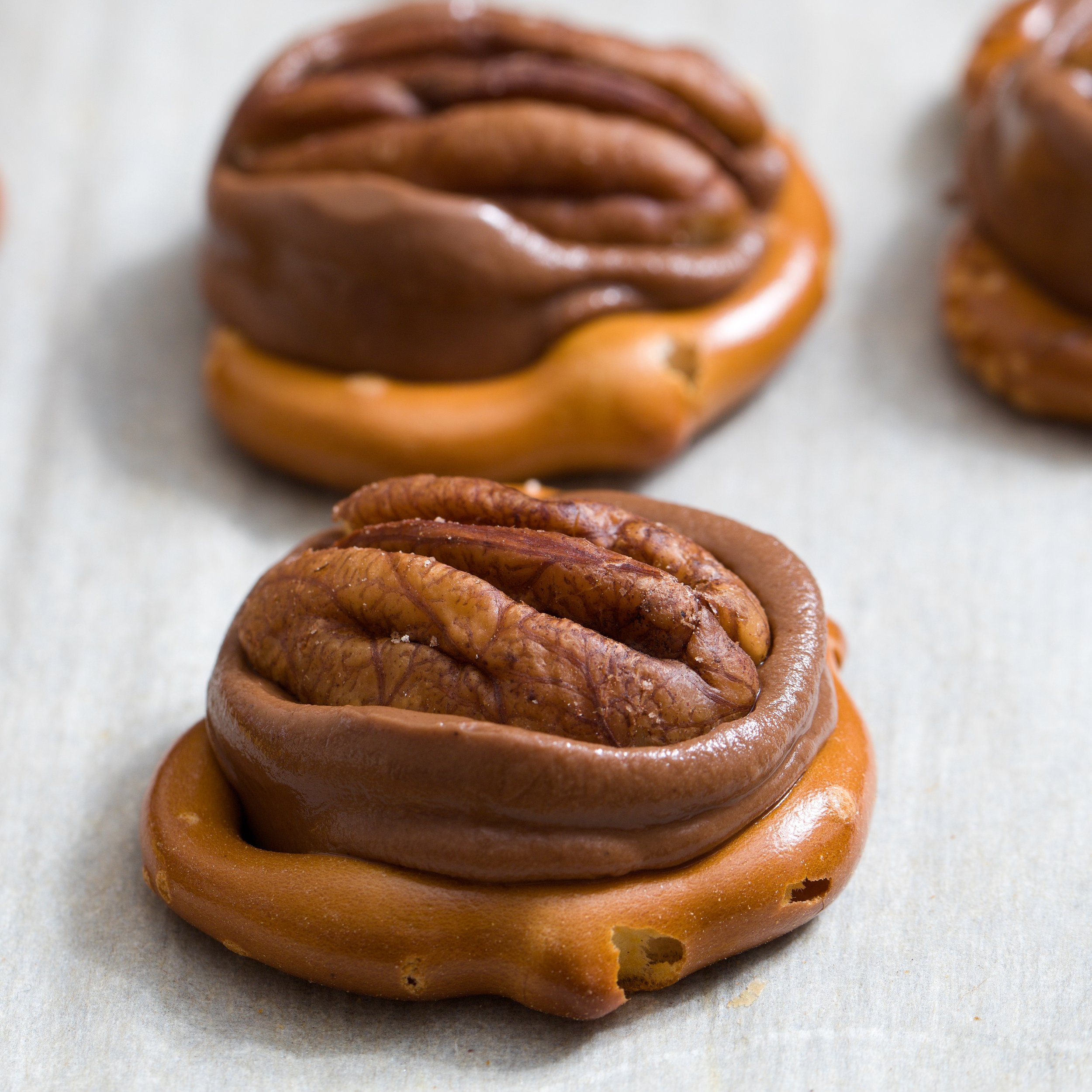Amaretto Eton Mess
This dessert is a mild twist on an English classic, originating from the Eton College's annual cricket game against the pupils of Harrow School. But this is a pavlova dressing up as a layer cake.
A great easy to make dessert, perfect for the summer parties.
Serves 6-8.
Ingredients:
Meringue:
6 egg whites
300 g sugar
1½ teaspoon lemon juice
50-75 g almond slivers
Filling:
500 ml heavy whipping cream
500 g fresh strawberries, rinsed and sliced.
50 ml Ameretto (Italian almond liqueur)
1 tablespoon confectionary (powdered) sugar
Directions:
Preheat the oven to 250*F (120℃).
Draw 3 x 9-inch (23 cm) circles about 2-inch (5 cm) apart on a parchment paper, and turn the parchment paper upside down, so you don't get any pencil on the meringues.
In the bowl for the stand mixer, beat egg whites until stiff peaks. Add the sugar gradually, a couple tablespoons at a time, while still beating the egg whites. The egg whites/meringue will become thick and glossy. Gently fold in lemon juice.
Spoon the meringue inside the drawn circles on the parchment paper. Spread the meringue working from the center towards the edge. Sprinkle with the almond slivers
Bake the meringues for about 60 minutes. Then turn off the oven, and leave the meringues in the oven for another 30-45 minutes, until the oven is cooled. I became a little impatient, so I pulled the meringues out before they were cooled completely, and that is why the meringue traced a bit.
Fold in half the confectionary sugar in the sliced strawberries, set aside.
Whip the cream until medium stiff peaks. Gently fold in some confectionary sugar and amaretto.
Place the least pretty meringue on a cake stand, and spread ⅓ of the cream topping it with some strawberries. Repeat layering the rest of the meringues, cream, and fruit. Finishing the top layer with a few whole strawberries.
Enjoy!







